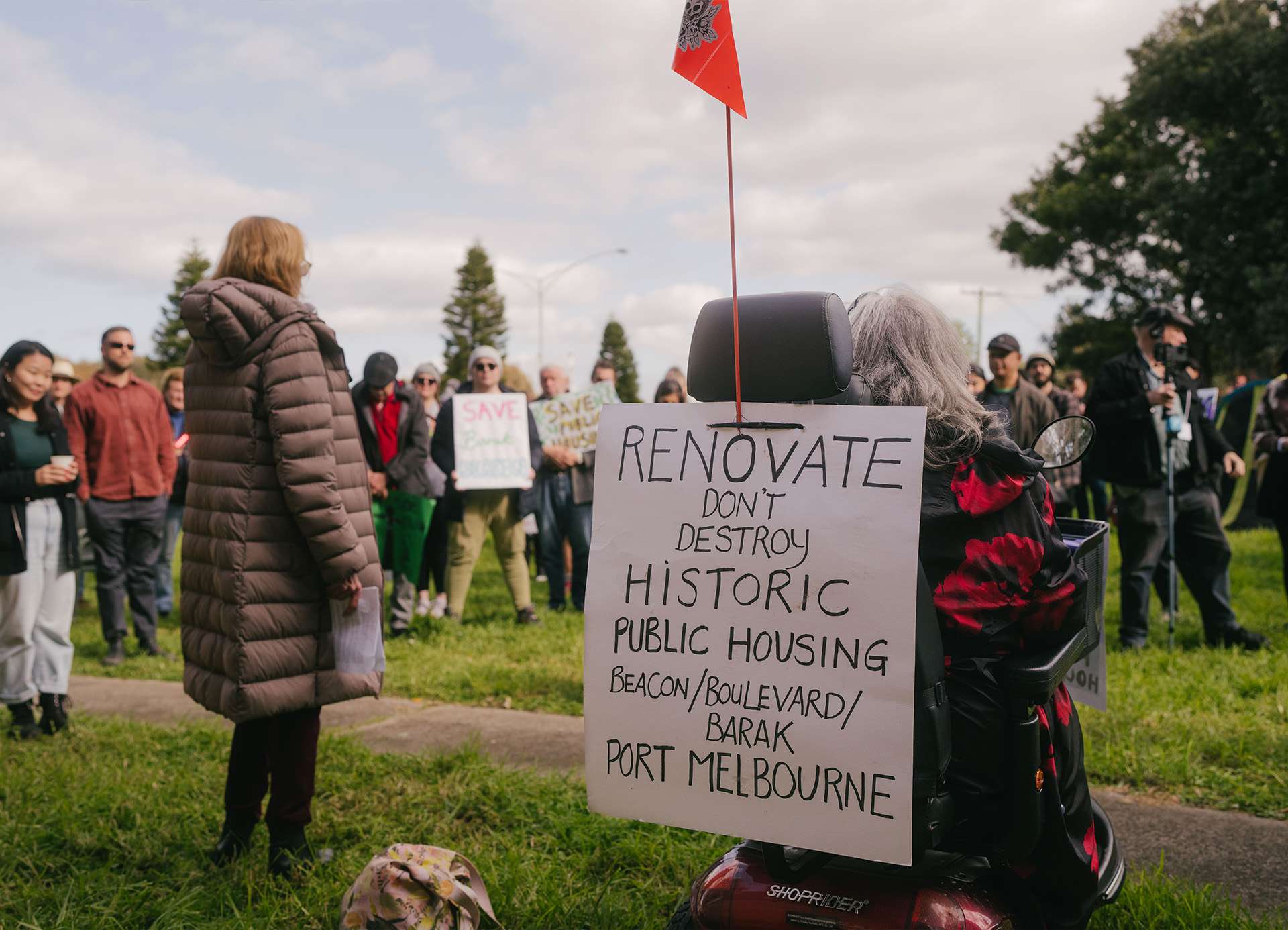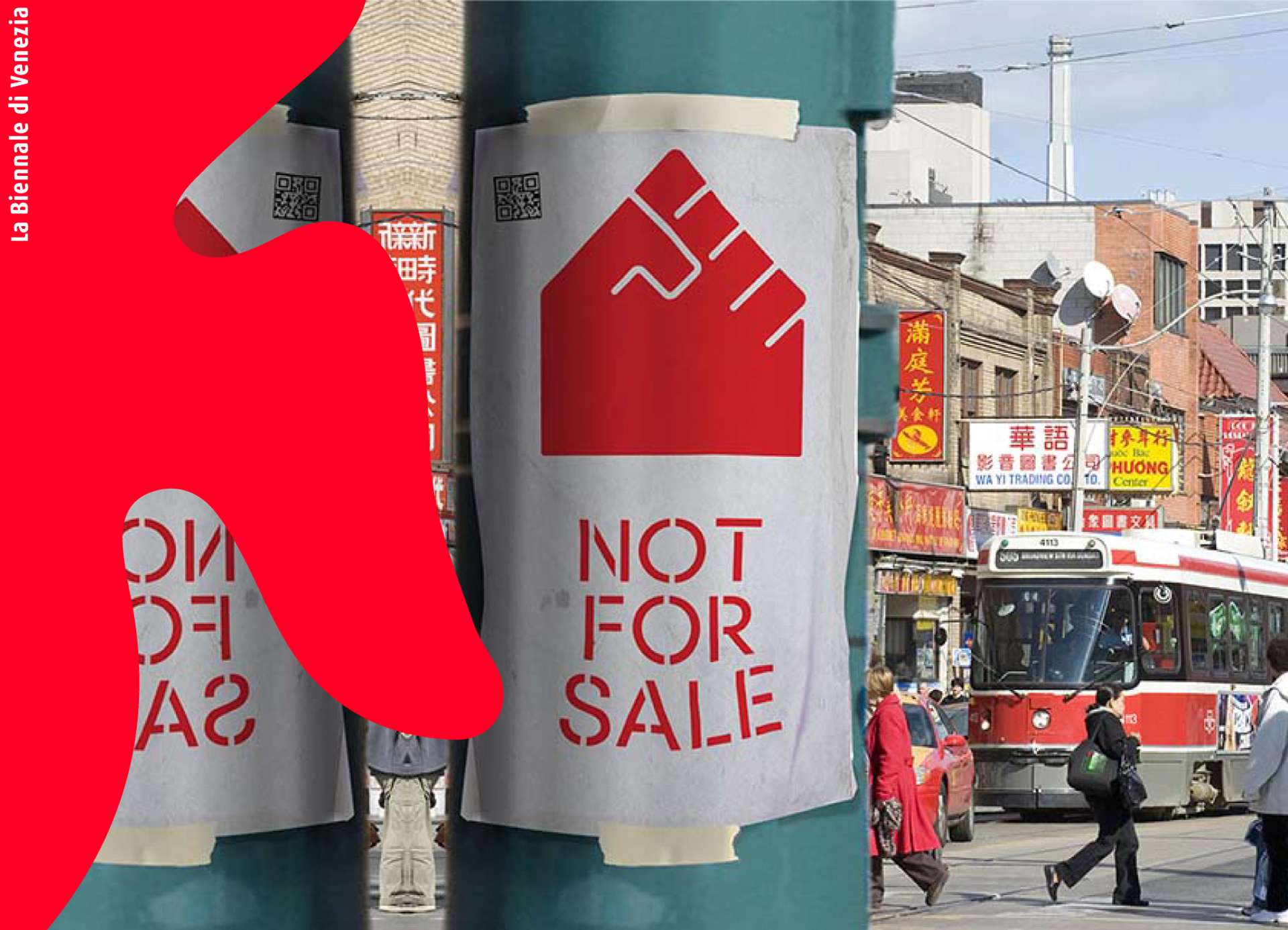"A room of [no] one’s own" proposes the retrofit & regeneration of a suburban development in Miami, Florida. Counter to typical processes of rehabilitation & consequent gentrification, the project puts forward a feminist system of care. Feminist— because it applies “cohousing”, a model for collective living, with its formative aspirations for both gender & class equality as the conduit for an applied system of care. One at the crosshairs of both social & environmental sustainability.
Following BiG Group’s “self-work” model, the proposal looks at domestic labour not as something to be outsourced or minimised, but to be shared, seen, and valued. The implications of collective living through shared services like those of cooperation, resource pooling, and dialectical relationships between ownership structures and architectural morphology, help form a holistic approach to housing. In this way, it becomes an especially crucial instrument in refitting the scarce social & environmental suburban condition.
As a pilot project, a suburban development in Miami, FL consisting of 36 single-storey duplexes on a common plot of land illustrates both its challenges and potentiality. Following a legacy of segregation, compounded by the area’s ‘redlining’ in 1935, this area of Miami was dichotomically split between east and west, rich and poor, white and black. The effects resulting from the withholding of financing and investments are still felt today— proving that ‘redlining’ has a decisive and continuing negative impact on a neighbourhood and its residents, even years after the ‘official’ end of the practice.
"A room of [no] one’s own", proposes a new model of cohousing, retaining the existing residents whilst increasing the housing density by 30%. The proposed low-rise high-density housing infill occupies the gaps between the existing courtyard organisation, assuming a tapestry-like typology that becomes most open at the core. In retracing what has normally been understood as ‘back-of-house’ through a network of “patio kitchens”, residents are provided with the option for degrees of sharing — remaining within reach from neighbours whilst maintaining degrees of privacy.
Traditionally accommodating leisure activities, the kitchen patio is reassessed to serve not only as a shared outdoor dining and living space but also as a support network between optionally separate households, that, by tying together the kitchens, offer the potential of socialisation— becoming an avenue for shared domestic labour, from cooking to child & elderly care.
A common solution to seemingly individual problems, a canopy blankets the entire block, expanding the domestic sphere beyond the envelope of the private single-family home to encompass the interstitial, now sheltered, populated. Below the canopy, and contained within the 2.5 x 2.5 m grid, granular collective services such as shared kitchens and laundries frame domestic labour out in the open — a long-standing feminist ambition. Thus, the notoriously uncompromising suburban lawn is reclaimed, offering the potential for occupation, setting forth a distinction between private occupation and private property. In this neighbourhood of Miami, it presents the opportunity to enact if not gender & class equality, then at the very least — the beginning of reparations.
The project was developed at the Architectural Association School of Architecture.
KOOZ What prompted the project?
RDG The project began as a cross-section exploring feminist agency in housing design, specifically from the point at which Dolores Hayden’s The Grand Domestic Revolution drops off, following the pervasiveness of the single-family home as an agent not only constructing gender inequality, but also as an instrument of its continued reinforcement. It was promising to look back at Hayden’s dismay towards feminism in the 1970’s, as one that had no clear policy on women’s work, and at its disregard of the “Material Feminist’s” critique of the home, knowing what had ensued in Scandinavia, and would find its way back.
In using the everyday as the source and engine of inquiry, perhaps one of the most nuanced, yet uncommon strands of feminism was born, one that recognised the value of housework, not as something to be socialized by outsourcing or removing it from the home, but instead as something to be shared equally amongst both men and women. BiG, a Swedish feminist group, proposed the “self-work model” as the core ideology upon which new typologies of housing should be designed— thus sparking the second wave of collective housing in Scandinavia coined ‘cohousing’. Through this cross-section, it became clear that a feminist project is one that is not defined by private ownership, and so, “a room of [no] one’s own” began.
[...] the proposal looks at domestic labour not as something to be outsourced or minimised, but to be shared, seen, and valued.
KOOZ What questions does the project raise and which does it address?
RDG The project acts as an instrument of inquiry into the prevailing belief that the home as we know it must be privately owned. Although ‘cohousing’ ideas became inevitably commodified (especially in the US) in their aims and failures, they are, at their essence, rooted in feminist ideals, and is therefore a project of care. By this I mean to say that the implications of collective living through shared services like those of cooperation, resource pooling, & dialectical relationships with ownership structures help form a holistic approach to housing, one that seeks to bolster both social and environmental sustainability. By highlighting the value of the collectivization of domestic labour, “a room of [no] one’s own” addresses the demands for typological shifts and the potentiality of their effect on everyday life where people form the psychosocial forces with which societal and cultural conditions are then transformed.
This project also revealed the potential for dialectical relationships between ownership structures and architectural morphology. Previously, I had understood the architect’s role in designing architectural morphology in relation to the interpretation of an existing ownership structure as a passive one. However, what ‘cohousing’ suggests, is that the relationship between the two can be significantly more dialectical and that, in fact, through a certain morphology, specific ownership structures may be challenged or enforced. In setting forth a distinction between private occupation and private property, “a room of [no] one’s own” seeks to reconnect both men and women to the history and value of domestic labour, a fundamental step for undoing the gendered, isolating architecture of our lives, and reconstructing it as one of commons.
KOOZ How and to what extent has the current pandemic affected the way we approach the notion of the community?
RDG The notion of community, at surface level, has always been considered synonymous with proximity, sharing and collaboration; so of course, under these terms, the effects of isolation, border closings and lockdowns are palpable and significant. However, it is also important to recognise that the effects of the pandemic have in many ways delineated specific ‘communities’ to an unforeseeable extent. We know that the pandemic disproportionally affected minority groups, but these gaping disparities reveal just how detrimental segregation, whether considered ‘systemic’ or not, can really be.
For this reason, I am hopeful our lessons will stem not only from a direct reaction to the effects of the pandemic, but also (and perhaps most importantly) from what has led us to arrive at this point in the first place.
KOOZ What are the opportunities which can arise from networks of co-housing within cities worldwide?
RDG ‘Cohousing’, in its formative aspirations, was conceived as a form of support, in direct antithesis to the split between the home and the labour market. This split, sustained by the isolated single-family home, which forces (mostly) women into a never-ending negotiation between the household and the workforce, can be directly traced to women’s participation in the labour market. This can be measured through the so-called ‘pay-gap’ which, is in fact at its core, occupational. I think that what one might customarily understand as an aggregation of seemingly ‘insignificant’ occurrences – for example, a mother’s children being taken care of by a neighbour, or a young professional lending a hand as an elder’s caretaker – can have an exponential ripple effect. Given that our current housing stock does not afford the possibility for those ‘insignificant’ occurrences to occur organically and consistently, women (primarily) tend to favour part-time and flexible jobs to be able to fulfil the majority of the burden at home — proving that citywide networks of ‘cohousing’ would have a direct and tangible effect on the issue of gender inequality.
KOOZ How do you imagine the project informing and affecting its immediate context?
RDG I believe that a project cannot be legitimately considered feminist unless it also addresses issues of racism, class and property. In this neighbourhood of Miami, a legacy of ‘redlining’ has circumscribed residents to an inescapable cycle of social and environmental poverty. Segregation has induced a scarcity of resources resulting in inadequate design and subpar construction. In turn, this drives the use of mitigating tools such as excessive utility spending and consequently causes disposable income to decrease, inevitably leading to a further deterioration of the neighbourhood. This further reinforces the withholding of financing or investments by financial institutions proving that ‘redlining’ has a decisive and continuing negative impact on a neighbourhood and its residents, even years after the ‘official’ end of the practice.
This shared ownership model would award agency and security to its residents, not only in the near-term, but for every future occupier. In a neighbourhood where residents were deliberately prevented from accessing loans and consequently attaining homeownership (widely regarded as the principal way to build family wealth in the USA), shared services bridge the detached single-family home, transforming the suburban block, a notoriously amorphous configuration, into a defined whole. “A room of [no] one’s own”, is an instrument of inquiry into the undoing of these cycles, to deconstruct seemingly individual problems, the architecture and ownership structures that defines them as so and reconstructing them as common solutions.
KOOZ What is for you the power of the architectural imaginary?
RDG I think that perhaps the most valuable quality the architectural imaginary contains is the inability to be anything but self-scrutinising. It is first and foremost a question, and secondly, a [newly illustrated] possibility. In fact, perhaps it’s a multitude of possibilities. Maybe that’s because the imaginary isn’t the image, it’s the question.

Bio
Renée Die-Girbau is a recent graduate of the Architectural Association from Caracas, Venezuela. Her work focuses on the home as the archetype of everyday life. She is currently based in London, and works at a studio specialised in bespoke residential projects.





